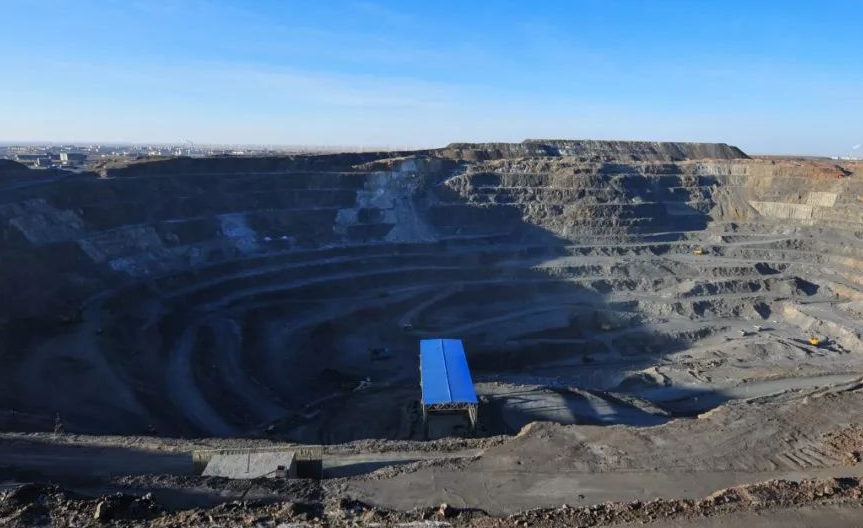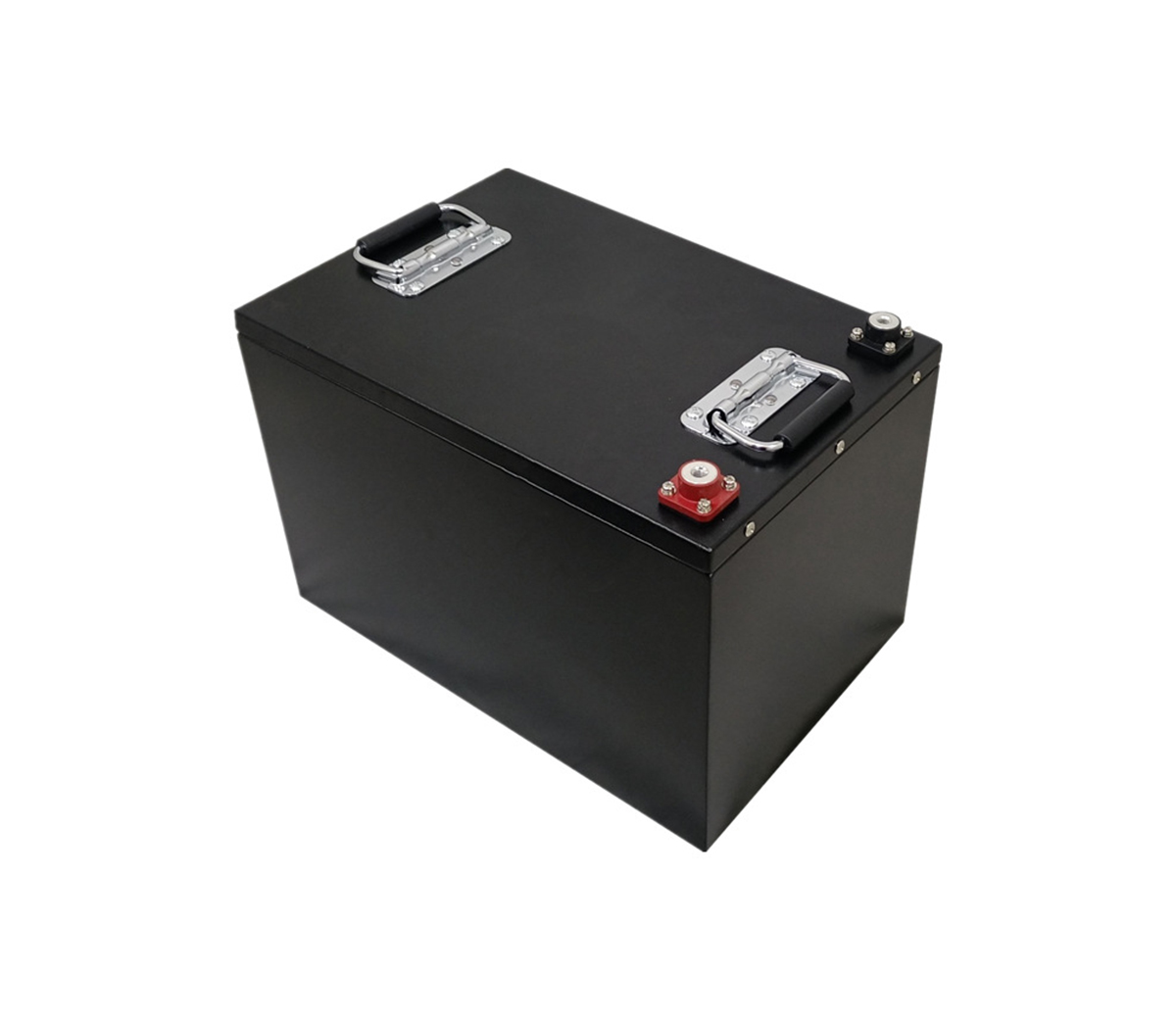As we all know, lithium batteries have become an indispensable part of human life, especially the rise of lithium iron phosphate energy storage systems and power systems, which have further promoted the rapid development of lithium batteries. However, lithium batteries require a lot of raw materials to be manufactured, and the key is lithium, cobalt and other materials.

The data shows that as of 2020, the global reserves of lithium (lithium carbonate) are 128 million tons and the resources are 349 million tons, mainly distributed in Chile, Australia, Argentina, Bolivia and other countries. The reserves of cobalt ore are 6.68 million tons and the resources are 23.44 million tons. Congo (DRC), Indonesia, Australia and other countries are the most abundant. The reserves of nickel ore are 90.63 million tons and the resources are 260 million tons. Indonesia ranks first in the world in reserves, and countries such as Australia and Russia are rich in resources. There are 3.27 million tons of tin ore reserves and 8.07 million tons of resources. Countries and regions such as China, Russia, and Southeast Asia are the main producing areas of tin ore. The global potash (potassium chloride) reserves are 12.9 billion tons, and the resources are 43 billion tons. Russia, Canada, Belarus, and Turkmenistan account for 80% of the world's reserves. Russia has surpassed Canada to become the largest potash country.
From the perspective of consumption, in 2020, the global consumption of lithium (lithium carbonate) is about 400,000 tons, cobalt is about 170,000 tons, nickel is about 2.4 million tons, tin is about 380,000 tons, and potash (potassium chloride) is about 54 million tons. . Compared with the existing reserves, the global lithium, nickel, and potassium salt resources have a relatively high degree of protection, while the cobalt and tin have a relatively low degree of protection.
Reports have shown that since the outbreak of the new crown pneumonia epidemic, global energy resource demand has generally shrunk, with structural differentiation, consumption of energy and bulk minerals has declined, and consumption of new energy and minerals has grown rapidly. In 2020, total global energy consumption fell by 4.5%, the largest drop since World War II; oil, coal, and natural gas fell by 9.5%, 3.9%, and 2.1%, respectively, and renewable energy such as wind power, hydropower, and solar energy increased by 9.7%. Iron and aluminum decreased by 0.2% and 0.7%, respectively; copper, lithium, and cobalt increased by 6.2%, 15.3%, and 7.3%, respectively.
According to the report, since the second half of 2020, the performance of mining companies has generally rebounded, and revenue and market value have continued to rise. The total market value of the world's top 50 mining companies reached 1.47 trillion US dollars, a record high. The overall strength of mining giants has been further improved, and the deployment of new energy minerals such as copper, lithium, cobalt, and nickel has been accelerated.
Climate change promotes the transition of human production and lifestyle to low-carbon, and the global mineral resource supply and demand structure and mining pattern are gestating major changes. In the context of a low-carbon economy, the growth rate of demand for traditional mineral resources has further slowed down, and the demand for clean energy and strategic emerging minerals has grown rapidly. The status of coal, petroleum, iron, manganese and other traditional energy resource suppliers will decline, and the status of strategic emerging mineral suppliers such as lithium, cobalt, and nickel will continue to rise.

Lithium-ion battery (LIB) has become the main energy storage solution in modern social life. Among them, lithium iron phosphate batteries are a perfect substitute for lead-acid batteries, and are the first choice for grid-connected peak shaving, off-grid energy storage, photovoltaic energy storage, UPS, data center and other industries.
Solar power generation system with lithium battery energy storage system is a very promising clean energy.




































